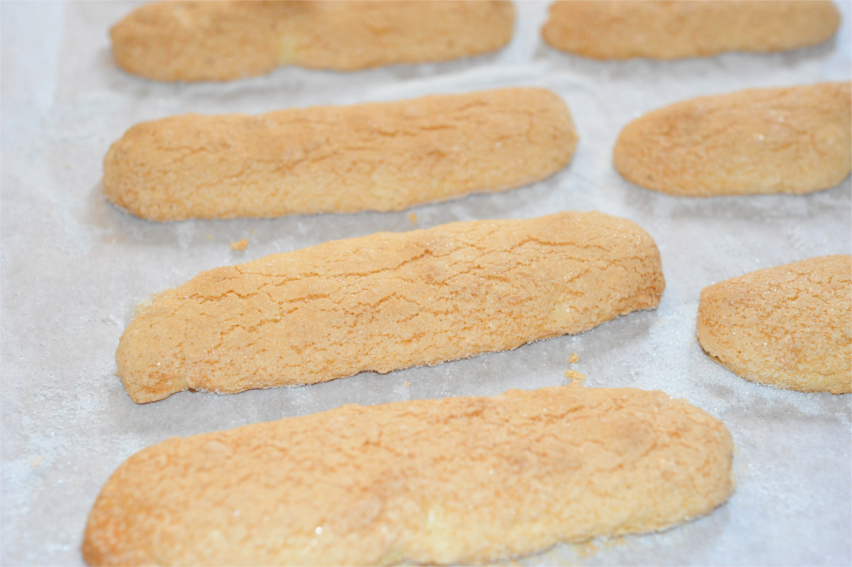
Though one can easily find gluten-free savoiardi, or ladyfingers, in Italy (how times have changed for gluten-free!), they’ve never seemed quite right to Daniele, who has fond memories of his childhood trips to visit his grandparents in Sardinia and the treats his grandmother always had ready for him. Daniele describes to me the exquisite texture and delicate flavor of the Sardinian savoiardi and how they differ from the ones we often find. The savoiardi sardi that he remembers are most similar to the Sardinian pistoccos, delicately spongy on the inside and thinly sugary crisp on the outside, and much longer than other versions. Daniele wanted so much for me to be able to taste this dessert that I have only known in a store-bought approximations that we decided to try our hands at a gluten-free version. Since Daniele’s grandmother can no longer remember how she used to make them, we set out with determination to try and find, by trial and error, this confection that centuries ago graced the royal courts of the House of Savoy and its territories, including Sardinia.
Little did we know what we were getting ourselves into! These scrumptious creations of worldwide fame can be found in many countries under various names, but a lengthy research – both textual and practical – revealed a dessert that has no standard recipe. Ingredients, proportions, procedures, and results all varied – and by a wide margin! In fact, only when we stumbled upon an incredibly beautiful encyclopedia of the history and culture of desserts in Sardinia (Dolci in Sardinia: Storia e tradizione, edited by Anna Saderi; spectacular photos and I hope someone will translate it to English someday), did we figure out why. Even in Sardinia, where the tradition of making elaborate household desserts is famous, savoiardi were one of the few recipes not commonly made. So great was the mastery needed for these desserts made of eggs, sugar, and a bit of flour, that one would call in one an expert female baker who specialized in making such feather-light treats for special holidays and occasions. In fact savoiardi were so prized that they would even be brought as gifts to mourning families. It was one of the most fiercely guarded recipes, and variations developed at almost a personal level, resulting in a range of very similar desserts not only throughout Europe, but even within the boundaries of Sardinia.

The greatest hardship with these desserts lies in discovering the right proportions and procedure. After having secured the proper recipe, the main challenge remains their simplicity: it’s all in the eggs. Whether you will get a light fluffy puffy sugary cloud of heaven or a flat, sad, dense cookie (which is still edible, as I have been forced to discover in our countless tests this past week), depends on keeping your eggs from deflating as you mix the ingredients and subsequently dispense the batter. Once you know your recipe, it’s just like riding a bike: your confidence will bring you success and you will be surprised at the ease with which you can wow palates.
And so after toiling tirelessly, we have finally found the recipe for those Sardinian Savoiardi: gluten-free! We just had to share it with you, so that family secrets or no, these creations will never be lost again! You can savor them separately (we like to eat them with a cappuccino or cup of tea) or in a homemade Gluten-free Tiramisù.
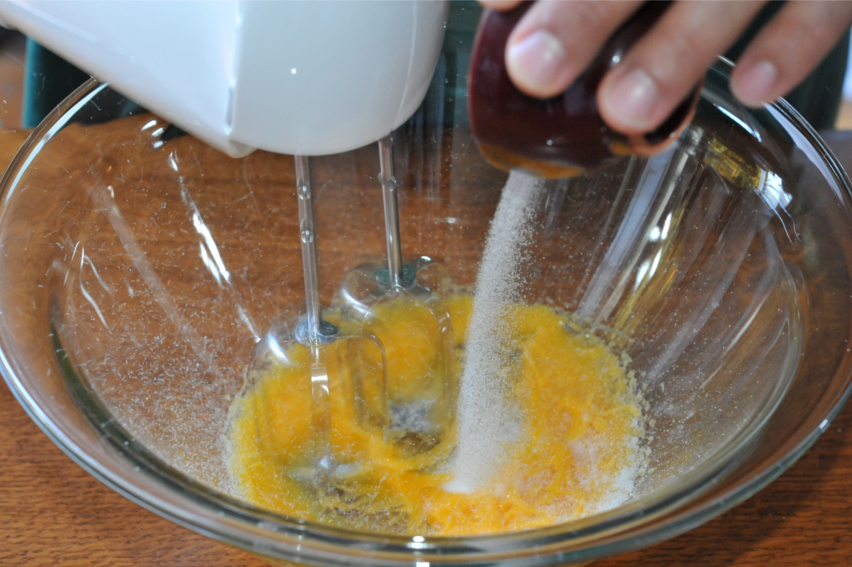


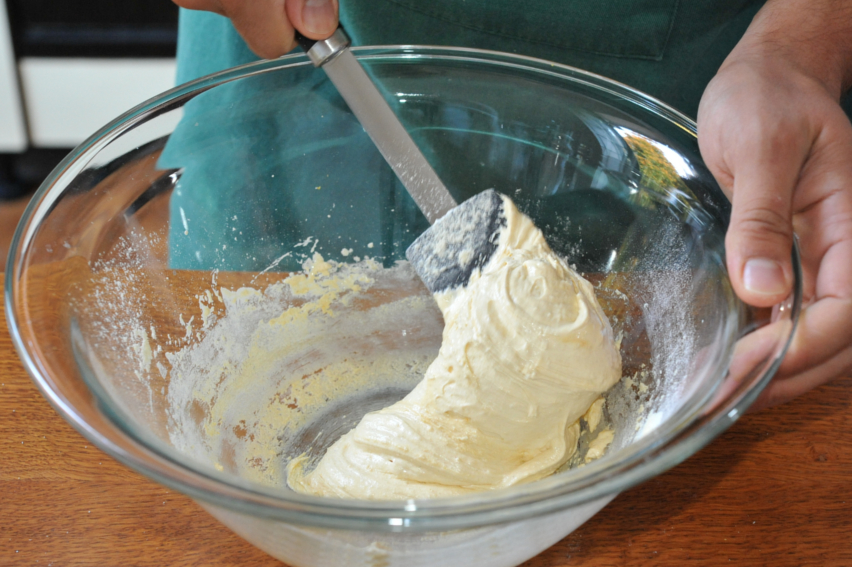
Cuisine: Italian, Sardinian
Yield: Two medium-sized trays
Special equipment: Pastry bag with large round tip, so as not to deflate mixture while piping (We made our own opening about 22 mm / 0.8 in wide, since we were limited as to what we could find in the stores here, but just using a coupler without a tip or with a number 9 tip might be the closest)
Ingredients:
4 egg yolks
3 egg whites
60 g millet flour
20 g superfine brown rice flour
80 g white sugar, divided into two portions of 50 g and 30 g, plus extra for garnish
grated zest of a quarter of a lemon
pinch of salt
Preheat your oven to 180°C / 355°F. (Try to get it as close to this temperature as possible.) Line two large baking trays with parchment paper. (Tip: slit the corners to allow the paper to lie flat against the pan.) In a large bowl, beat together the egg yolks and 50 grams of the sugar for several minutes, until the mixture is thick and pale yellow.
Fold in the lemon zest by hand with a spatula. Sift in both flours together, a little at a time, slowly and carefully folding it into the mixture after each addition.
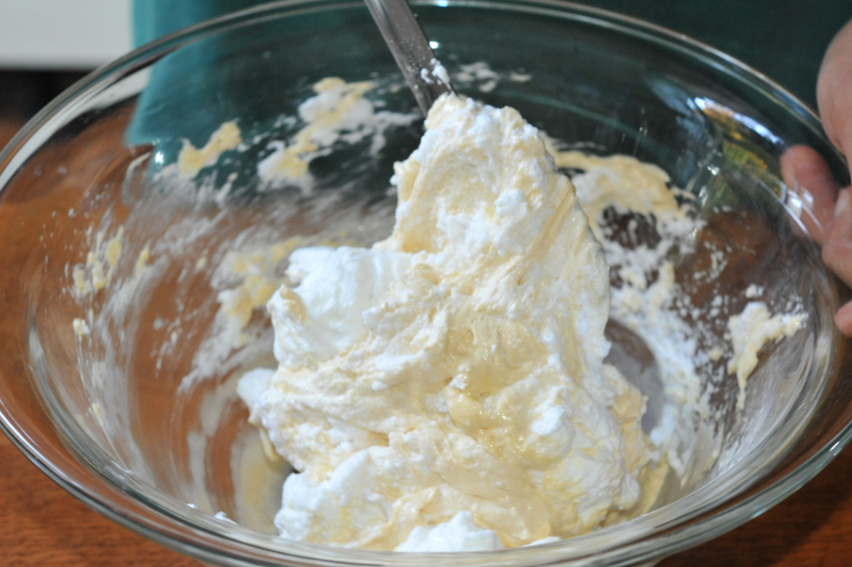
Thoroughly wash and try your egg beater attachment if you will be using it for the egg whites. In a separate medium-large bowl, beat the egg whites on high speed until frothy. While continuing to beat the egg whites, add in the other 30 g of sugar and pinch of salt. Continue beating the whites until they are thoroughly stiff and shiny. (It is important that you do not beat them ahead of time, or they will tend to loose their shape in the oven.)
Delicately but thoroughly fold your egg whites, half a portion at a time, into the egg yolk mixture. Keep in mind that the more you fold and the longer you take, the more you will lose the rising power of the egg whites, and the more your mixture will become liquid and therefore unusable. Chunks of whites, on the other hand, will ruin the surface consistency. (This delicate balance is the part that we started to get the hang of with practice.)

Immediately and delicately scoop the mixture into your pastry bag, taking care not to flatten the mixture as you fill the bag. Pipe the mixture onto the prepped baking sheets in strips 5-7 inches long and 2 1/2 inches apart. If you are planning on using the savoiardi to make individual-sized tiramisù or other desserts, it is useful to pipe them to the smaller customized dimension. Take care to pipe at an angle as parallel to the surface of the tray as possible (let the mixture come out the full diameter of your tube without flattening it). This will keep the rising power of your batter. Quickly yet generously sift some fine granular sugar over the top of the piped savoiardi, and immediately place into the freezer (or your fridge if space does not permit) for five minutes before transferring to the oven.
Transfer the savoiardi to the oven to bake. If you do not have a ventilated oven, prop open the oven door just a tiny crack as you bake. (We wedge an extra plain wooden chopstick in, but a wooden spoon will do as well.) Bake for 16-17 minutes, until the savoiardi are light golden brown. Transfer tray to a rack to cool. Remove the savoiardi from the pan only when they are thoroughly cooled.
Buon appetito!
Julia and Daniele
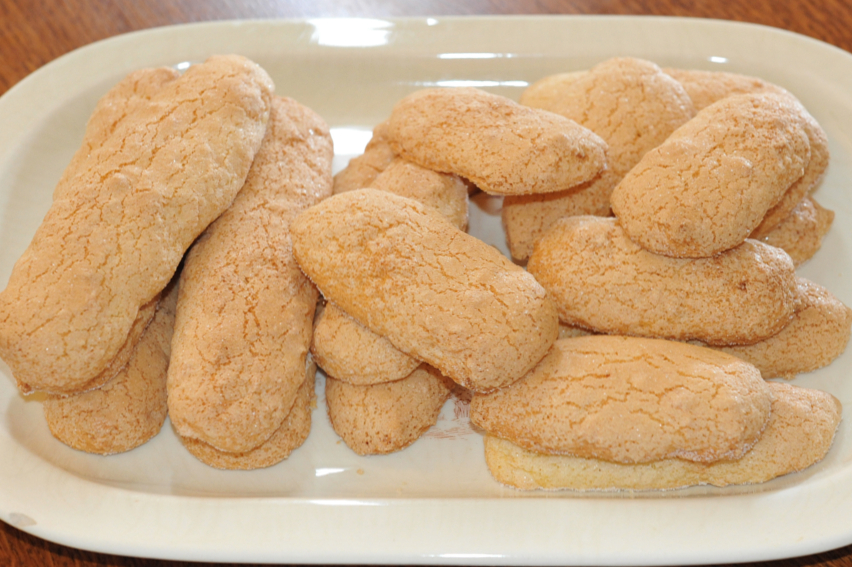
 Firenze
Firenze
